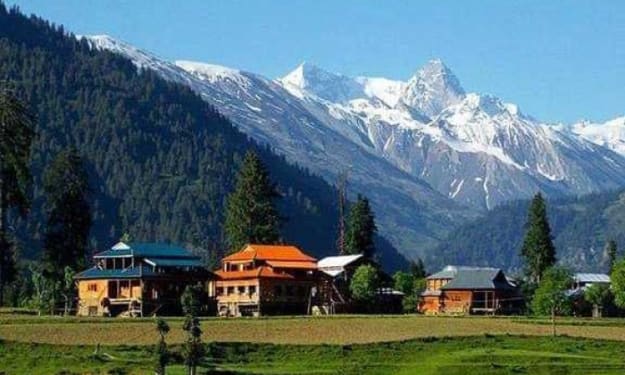An El Niño winter is coming. Here’s what that could mean for the US
winter is coming.
Introduction
After several years of relative calm, an El Niño winter is on the horizon, promising significant impacts on the weather during the coldest months of the year. El Niño, one of the phases of the El Niño Southern Oscillation, is characterized by warmer-than-normal ocean temperatures in the equatorial Pacific Ocean. This natural phenomenon has far-reaching effects on global weather patterns. The 2023 El Niño, which began in June and is expected to persist into early spring, is forecasted to be strong, marking a departure from the recent La Niña-dominated winters. As winter approaches, let's delve into what El Niño means for the United States and how it may reshape our winter climate.
El Niño vs. La Niña: A Shift in Weather Patterns
La Niña, El Niño's cooler counterpart, has been the dominant force in the past three winters across the United States. It brought dry conditions to the South while delivering much-needed snow to parts of the West. However, with El Niño making a return, the tables are set to turn. Let's explore the anticipated changes in weather patterns.
The Jet Stream's Influence
One of the key indicators of an impending El Niño winter is the behavior of the jet stream. During El Niño, the jet stream tends to shift southward. This alteration in its path has significant consequences for weather across the nation. When the jet stream moves south, it brings wetter and cooler conditions to the South, while the Northern regions experience drier and warmer weather. This shift is closely monitored by NOAA, the National Oceanic and Atmospheric Administration, which provides valuable insights into the upcoming winter's weather patterns.
Increased Storm Activity
The jet stream, often likened to a river of air that guides storm systems, plays a pivotal role in the frequency and intensity of storms. During an El Niño winter, the southward displacement of the jet stream leads to an increased frequency of storms in the South. More storms equate to more precipitation, which is typically seen from the southern Plains to the Southeast. This is particularly significant for states like Texas, Louisiana, and Mississippi, which have been grappling with persistent drought conditions. The additional moisture can provide much-needed relief and mitigate the impact of drought.
Wintry Precipitation in the South
The combination of cooler temperatures and enhanced precipitation during an El Niño winter can also elevate the likelihood of wintry precipitation. Freezing rain, sleet, and snowfall become more common occurrences in Southern regions. While Southern states are not accustomed to dealing with significant snowfall, the prospect of wintry precipitation is a reminder of the varied and sometimes extreme weather events that El Niño can bring.
Milder Conditions in the North
Conversely, Northern regions, spanning from the Pacific Northwest to the Rockies, Plains, and Midwest, generally experience milder winters during El Niño episodes. While individual storms can still form and occasionally bring bouts of cold and heavy snow, they are typically less frequent than during La Niña winters. This shift may provide relief for areas facing extreme drought conditions, such as portions of the Midwest, and help maintain the crucial snowpack in the Pacific Northwest, a vital water source for the region.
Conclusion
As we prepare for the upcoming winter season, the return of El Niño promises to reshape weather patterns across the United States. With the jet stream's southward shift, the South can anticipate wetter and cooler conditions, potentially alleviating drought woes. However, the prospect of wintry precipitation also looms. In contrast, the Northern regions should experience a milder winter, offering some respite from extreme weather and drought challenges. As always, it's essential to stay informed and prepared for the unique weather conditions that El Niño may bring to your region. NOAA's Climate Prediction Center will continue to monitor and provide updates on this influential climate phenomenon, helping us navigate the upcoming winter with greater awareness and readiness.
https://edition.cnn.com/2023/09/25/weather/el-nino-winter-us-climate/index.html
About the Creator
Hyper Anger
hello guys I am new here hope you meet you soon :-) and I am from NEPAL...







Comments
There are no comments for this story
Be the first to respond and start the conversation.